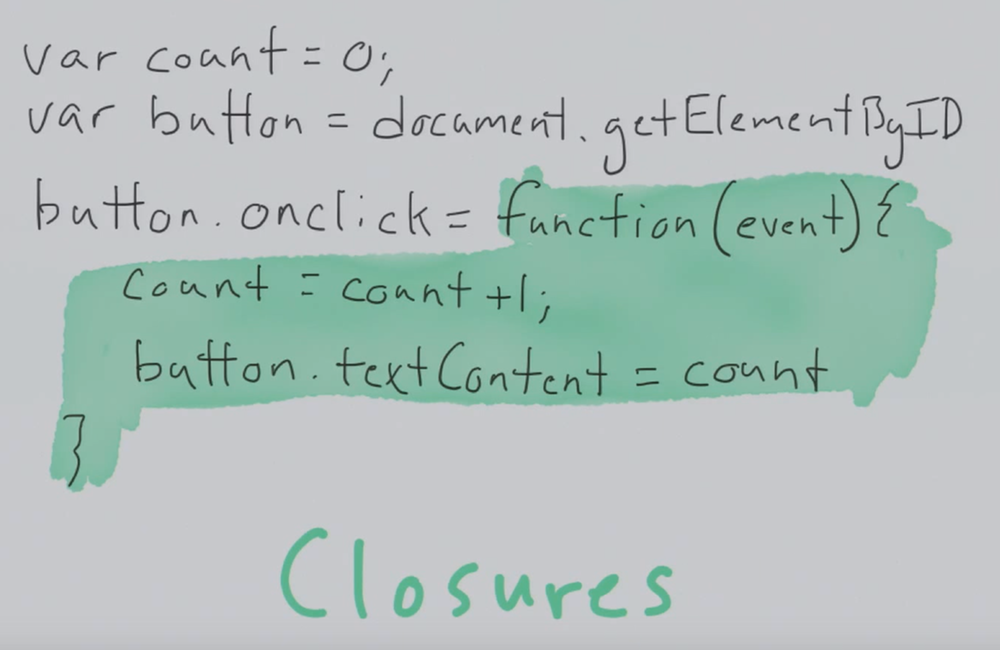

Indirection in frozen movie#
Mark Feeney,, 26 June 2019 This is, of course, an indirect evocation of Donald Trump in a movie that doesn’t have much truck with indirection. 2020 In fairness, elaboration could detract from Magid’s mode of storytelling, which relies a lot on indirection and leaving things unsaid. 2020 Multiple layers of obfuscation and indirection are standard in this criminal realm. 2020 The nearly plotless story snares us through indirection to produce a pleasingly dark collage.Ĭlaude Peck, Star Tribune, 23 Oct. 2021 The letter is included in the report and is an exquisite piece of clerical indirection and equivocation. 2022 Antrim’s writing here is brilliant in its indirection and compression.ĭavid L. Matthew Bevis, Harper’s Magazine , 16 Feb. Throw new ArgumentNullException( "name") Īs you can see, the test simply verifies that the constructor parameter is echoed by the Name property, and the Freeze method makes this more explicit while we still enjoy the indirection of not invoking the constructor directly.Recent Examples on the Web Dutiful sons often revere their fathers for their instruction in the ways of the world-by direction and indirection, sterling example and train wreck.Įdward Kosner, WSJ, This might suggest that a truer study of the psyche and its place in the world could be conducted via indirection or obliquity.

However, this is still a pretty lame example, but while I intend to follow up with a more complex example, I wanted to introduce the concept gently.įor completeness sake, here's the Pizza class: In this example, we only save a single line of code, but apart from that, the test also becomes a little more communicative because it explicitly calls out that this particular string is frozen. Var expectedName = fixture.Freeze( "Name") Here is the same test rewritten to use the Freeze method: Incidentally, this is one of very few methods in AutoFixture that breaks CQS, but although that bugs me a little, the Freeze concept has turned out to be so powerful that I live with it. After some debate we arrived at the name Freeze, because we essentially freeze a single anonymous variable in the fixture, bypassing the default algorithm for creating new instances.

It turned out that we used this coding idiom so much that we decided to encapsulate it in a convenience method. This also means that when we ask AutoFixture to create an instance of Pizza, it will use that string as the constructor parameter.

Virtual machines are complex examples of indirection to achieve PV. What's going on here is that we create a new string, and then we subsequently Register this string so that every time the fixture instance is asked to create a string, it will return this particular string. By adding a level of indirection and adding polymorphism. Verify outcome Assert.AreEqual(expectedName, result, "Name") Exercise system string result = sut.Name Var expectedName = fixture.CreateAnonymous( "Name") Fixture setup var fixture = new Fixture() Imagine that we want to write a unit test for a Pizza class that takes a name in its constructor and exposes that name as a property.
Indirection in frozen how to#
This is where the Freeze method comes in handy, but let's first examine how to do it with the core API methods CreateAnonymous and Register. However, how do we correlate constructor parameters with variables in the test when we will not use the constructor directly? This is particularly true when it comes to Constructor Injection because you often need to define a Test Double in each unit test, but even for primitive types, it's more maintenance-friendly to use a SUT Factory.ĪutoFixture is a SUT Factory, so we can use it to create instances of our SUTs. One of these details is how you create a new instance of your SUT.Įvery time you create an instance of your SUT using its constructor, you make it more difficult to refactor that constructor. One of the important points of AutoFixture is to hide away all the boring details that you don't care about when you are writing a unit test, but that the compiler seems to insist upon.


 0 kommentar(er)
0 kommentar(er)
